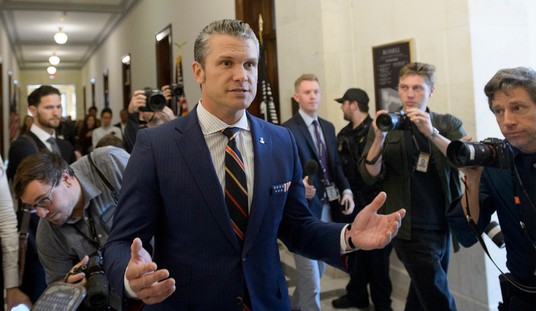The short version? Having the government do your restructuring for you isn’t necessarily the brightest thing in the world. Particularly when there’s a variety of conflicting objectives. At least, if what you’re trying to do is actually create a better version of your company; if your goal is to use government fiat to streamline the operations of your newly government-owned automobile manufacturer it apparently works out just fine.
Longer version after the fold.
Some background (all quotes from here):
Pursuant to their loan agreements with Treasury, as a condition of receiving additional TARP funding, GM and Chrysler were required to submit restructuring plans to the Treasury Auto Team in February 2009. GM’s restructuring plan explicitly spelled out its plan to reduce its dealership network gradually, by approximately 300 dealers per year over the next five years. In March 2009, Treasury’s Auto Team rejected both companies’ restructuring plans. In GM’s case, the Auto Team specifically highlighted GM’s planned “pace” of dealership closings as one of the obstacles to its viability. In response to the Auto Team’s rejection of their restructuring plans and in light of their intervening bankruptcies, GM and Chrysler significantly accelerated their dealership termination timetables, with Chrysler terminating 789 dealerships by June 10, 2009, and GM announcing plans to wind down 1,454 dealerships by October 2010.
And how did that work out?
First off, there are legitimate concerns that dealerships were removed too quickly:
The representative from J.D. Power and Associates, for example, said that Chrysler’s decision to terminate 789 dealerships within three weeks in an environment that was already disrupted by the poor economy could bring about an even greater crisis in sales. Although he did not disagree from a business standpoint that terminating some dealerships was necessary, he asked why Chrysler would want to “create a wave of chaos amidst [an economic] crisis.” Indeed, in September 2009, Chrysler officials themselves told SIGTARP that closing dealerships too quickly would have an adverse effect on sales.
Also, SIGTARP maintains that the reductions targeted rural areas (50% of total for GM) unduly:
According to Mr. Bloom, of the experts that he consulted, only one — from the Center for Automotive Research — voiced opposition, as noted below, to dealership terminations. However, SIGTARP interviewed that expert and one from J.D. Power and Associates, who was not consulted by the Auto Team. Both experts said that while metro areas were oversaturated with GM and Chrysler dealerships and reductions were needed in these areas, this was not the case in rural areas where GM and Chrysler had an advantage over their import competitors.
And that the criteria ostensibly used by GM was not uniformly followed:
SIGTARP found that GM did not wind down all the dealerships meeting the aforementioned criteria. For example, although 992 dealerships with a DPS below 80 were selected for closure, another 763 with a DPS below 80 were retained. Similarly, for dealerships with a DPS of 100 and a non-GM brand in the same facility, 226 were phase one wind-downs, 43 were phase two wind-downs, and 299 were retained. Additionally, SIGTARP noted that 39 wind-down dealers in phase two did not meet any of the performance-based criteria (DPS, RSI, new vehicles sold, non-GM dual).
[snip]
SIGTARP also found that GM was missing data to evaluate some of the dealerships based on the established criteria. GM was missing at least one of the following criteria for 30822 dealerships; DPS score, RSI, or 2008 retail sales. We determined that a total of 61 dealerships that lacked at least one of these criteria were terminated, and 247 were retained.
SIGTARP’s conclusion:
at a time when the country was experiencing the worst economic downturn in generations and the Government was asking its taxpayers to support a $787 billion stimulus package designed primarily to preserve jobs, Treasury made a series of decisions that may have substantially contributed to the accelerated shuttering of thousands of small businesses and thereby potentially adding tens of thousands of workers to the already lengthy unemployment rolls — all based on a theory and without sufficient consideration of the decisions’ broader economic impact. That the automakers have offered reinstatement to hundreds of terminated dealerships in response to Congressional action without any apparent sacrifice to their ongoing viability further demonstrates the possibility that such dramatic and accelerated dealership closings may not have been necessary and underscores the need for Treasury to tread very carefully when considering such decisions in the future.
Which, of course, they will not do. At least, in GM’s case; it’s partially owned by the Treasury Department now, so the final determination of what happens with that company is largely in the hands of the administration. Which, unfortunately, means that a lot of what GM does from now on will be based on political considerations – and arguably worse, partisan political considerations. I say ‘arguably’ because even absent the adjective the situation is quite bad enough…
Moe Lane
Crossposted to Moe Lane.













Join the conversation as a VIP Member